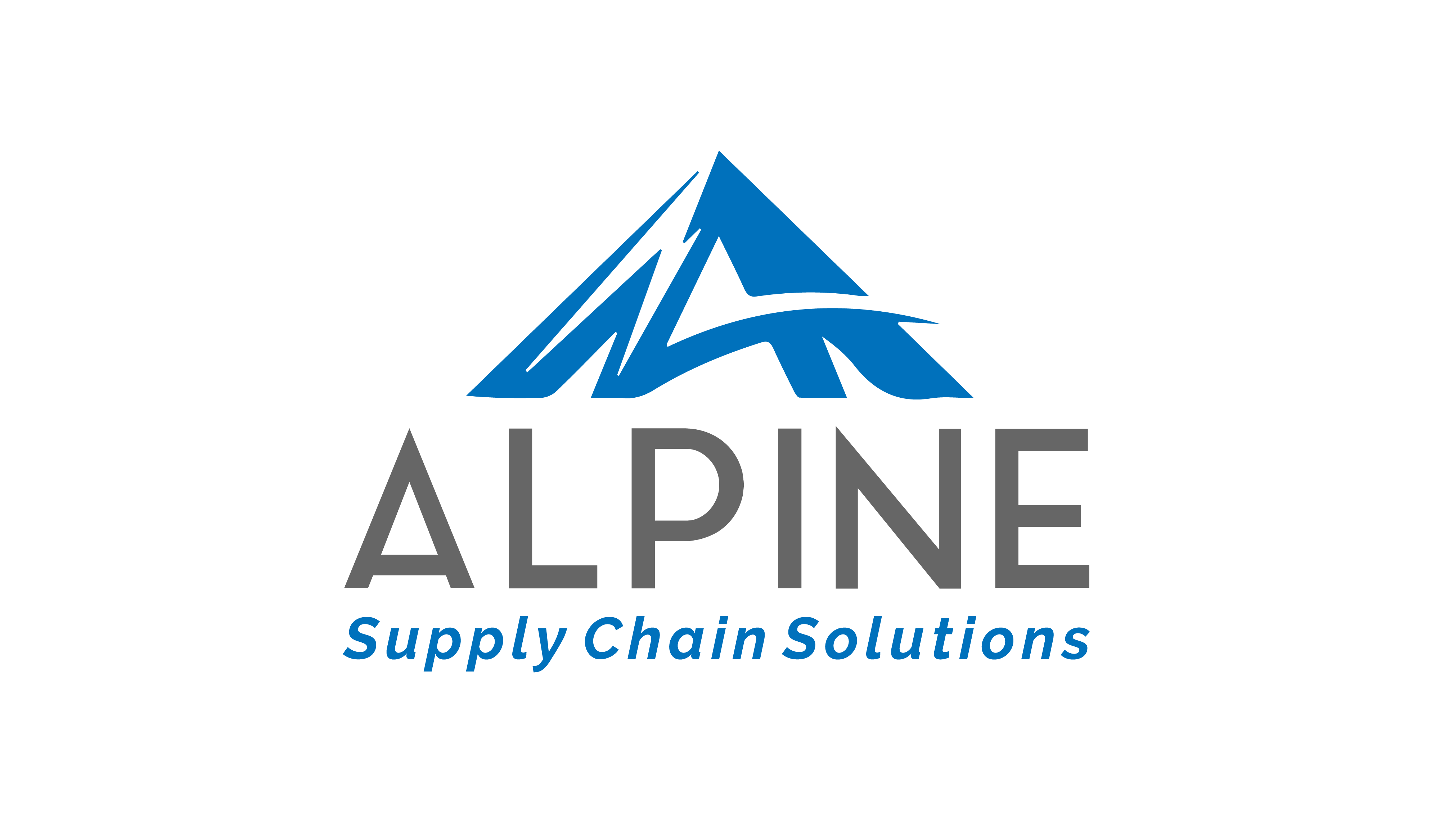When implementing new software into your DC, there are many potential errors that can occur, affecting your productivity and bottom line. Implementations require time, planning, and testing to ensure it all goes off without a hitch. In order to be prepared for what’s to come, it’s a good idea to familiarize yourself with some of the most common missteps. So what are some top mistakes in supply chain implementations?
- Planning and timelines
- Early alignment between operations and IT
- Demonstrable buy-in from leadership
- Training/strong user adoption
- Testing, testing, and more testing
- Change management preparation
We recently worked with our partners at made4net on a white paper titled: “ASK THE EXPERTS: What are the Top Mistakes You See in Supply Chain Solution Implementations?” This resource takes a comprehensive look at the steps one can take to ensure their success during software implementation. You can access the paper here.
If you’re short on time, we’ve included a summary below on what you can do to ensure supply chain implementation success.
Planning:
As our very own Principal, Michael Wohlwend said, “A well-developed plan can be executed to success by a team with average skills. But a poorly developed plan – or an implementation without a plan – will end in partial success at best, and failure at worst, even if the implementation team are rock stars at what they do.” Simply put, you need a comprehensive and detailed plan in order to have your implementation go smoothly, with every necessary task assigned to a resource. Most importantly, customers need to be involved with the entire process; there is no hands-off approach when it comes to software implementation.
Alignment:
Inter-departmental alignment and project understanding are key factors in ensuring success down the line. Greg Puckett of 4SIGHT Supply Chain Group said it best, “Early alignment between operations and IT that produces a clear and detailed solution design with thoroughly-defined roles and responsibilities between the client, the software vendor, and the third-party implementation partner are crucial to a project’s success.”
Buy-In:
The best way to demonstrate the importance and value of a project is to have leadership buy-in from the get-go. As Christian Nixel, Senior Director of Supply Chain Solutions for enVista says, “Top leadership has to be out front, leading and pulling the organization with them.” Continued involvement from leadership and project managers will keep the momentum going throughout implementation, while inspiring team members to put their best feet forward throughout the engagement.
Training:
Getting to know and understand how a WMS system functions takes time, practice, and patience – it’s an ongoing endeavor, and one of the most crucial aspects of any implementation. “Training is a process, and final end-user training and the education of the supervisory leads should be developed and conducted by company resources,” explains John Sidell, CEO and Managing Principal at New Course Group. It’s important for all team members to receive training, understand the software, and be prepared for whatever issue could potentially arise. Wohlwend agrees, “The trainers must train on more than standard processes; they must be trained on ‘what ifs’. How do they know when they are going off track? How should they handle issues? How do they recover from them? The trainers need to be able to run the operation with no help from day one.”
Testing:
Testing a new system is more than good practice, it’s essential. In addition, testing needs to happen multiple times to ensure nothing is missed. More importantly, tests need to be done to push the boundaries of the system, to see what would happen in a worst-case scenario setting. Puckett says that for a successful implementation, it’s necessary to perform “Full and comprehensive testing that is not compromised by a compressed or unrealistic project schedule or scope creep.”
Change Management:
Preparing the staff for change needs to happen from the start of the project, not only during training. Staffing levels, roles, responsibilities, and even pay scales can be impacted by software implementations, so it’s important to consider human resources-related changes early on to improve your chances of user adoption. “New software impacts not only the distribution center (DC), but other departments in the company, as well as customers, carriers, and suppliers,” said Sidell. Having human resources as part of your game plan will go a long way in ensuring your staff is on board and ready to learn a whole new system, without any fear or stress.
These are but a few key takeaways from “ASK THE EXPERTS: What are the Top Mistakes You See in Supply Chain Solution Implementations?” Be sure to download your copy. As always, we’re here to make sure you get the most out of your supply chain. For any questions about how we can help you with warehouse consulting, strategic planning, HR Solutions, supply chain systems, or manufacturing, reach out.


